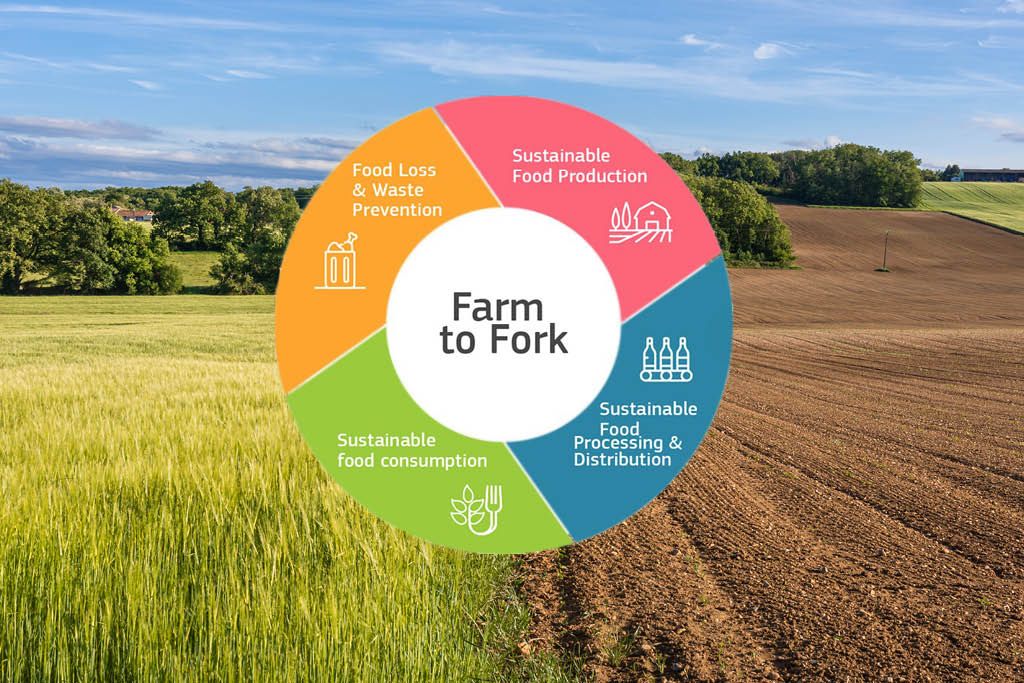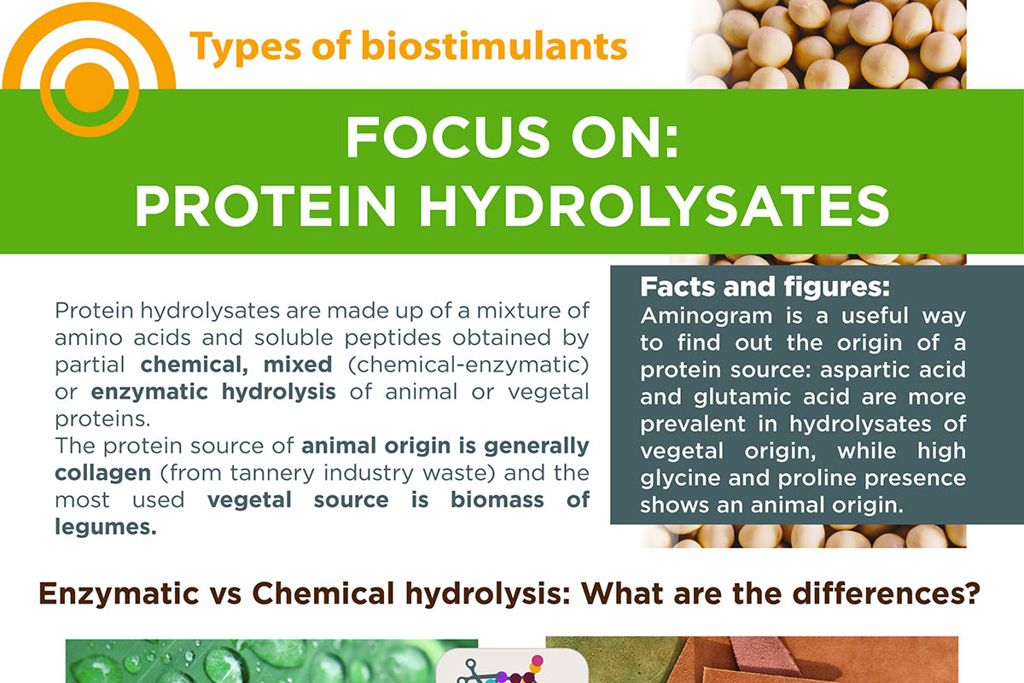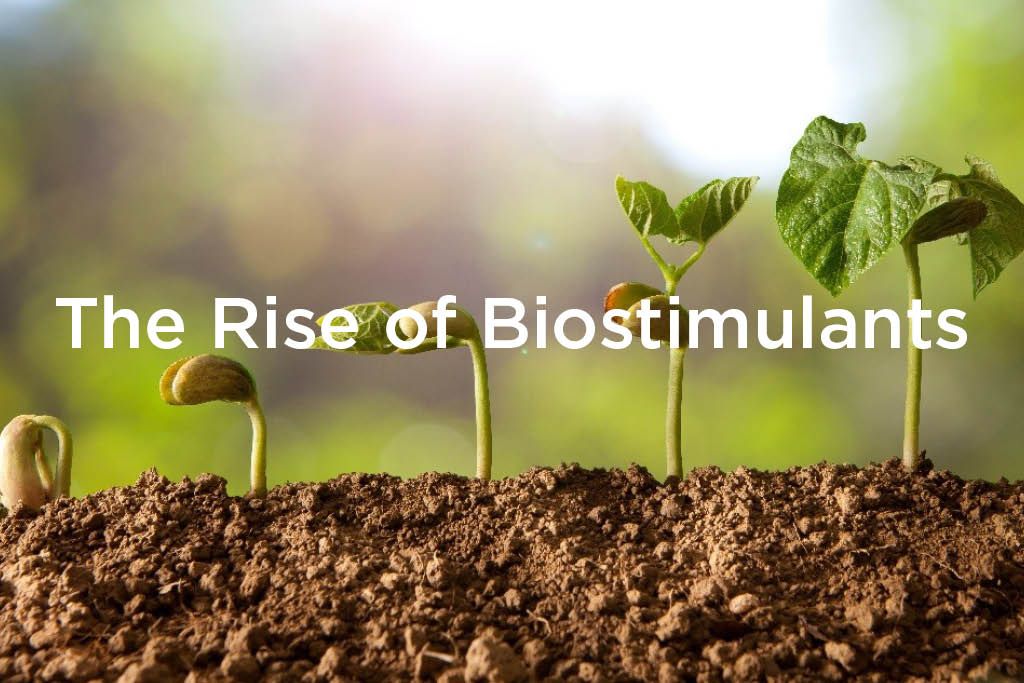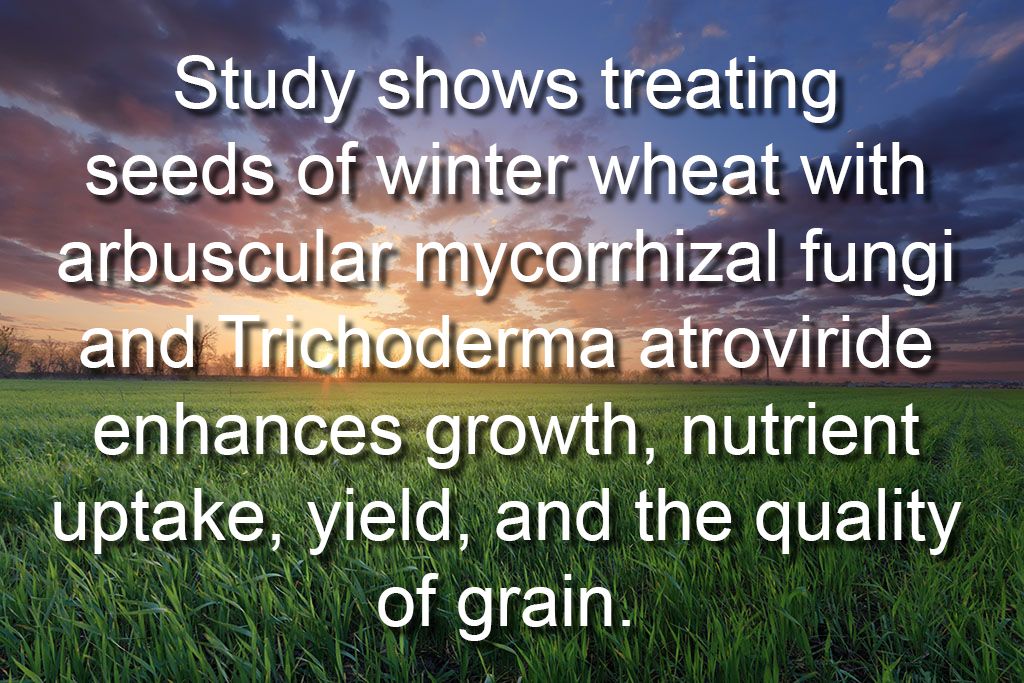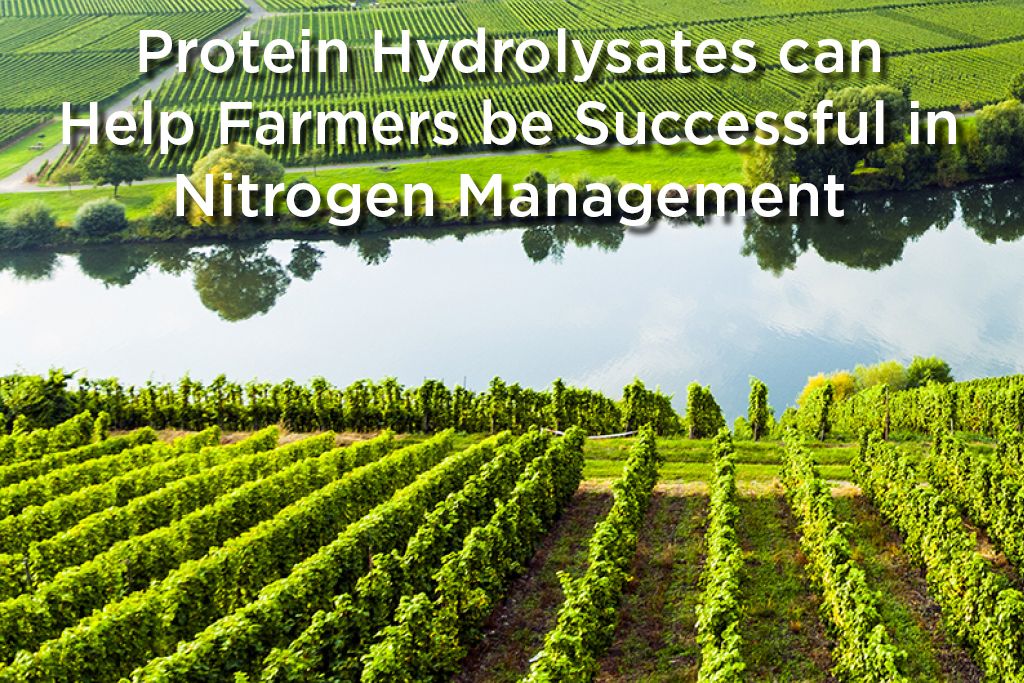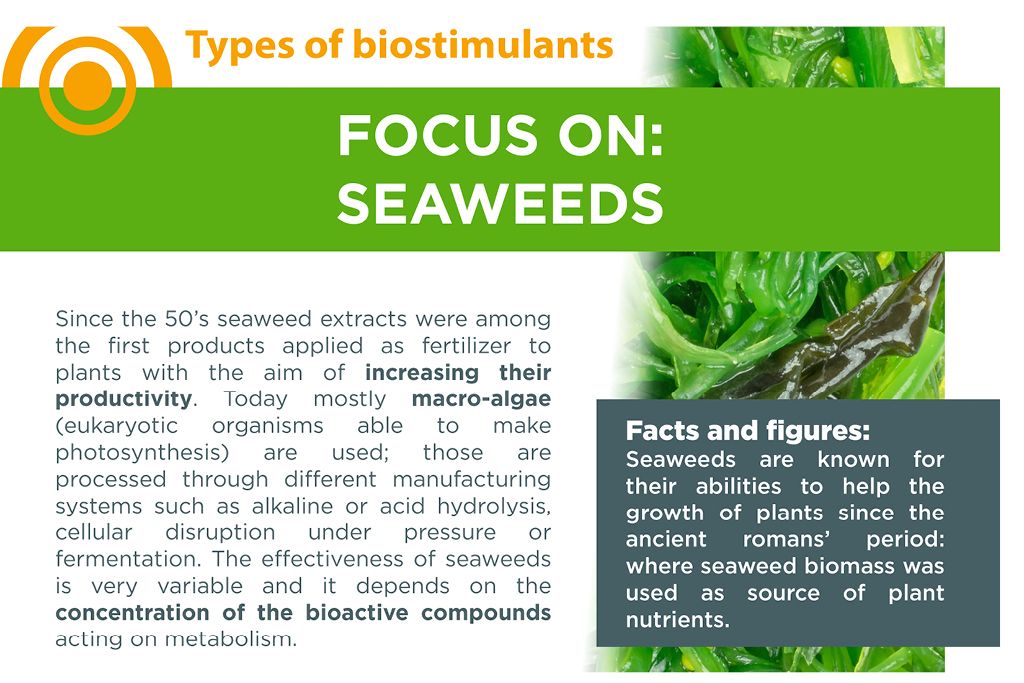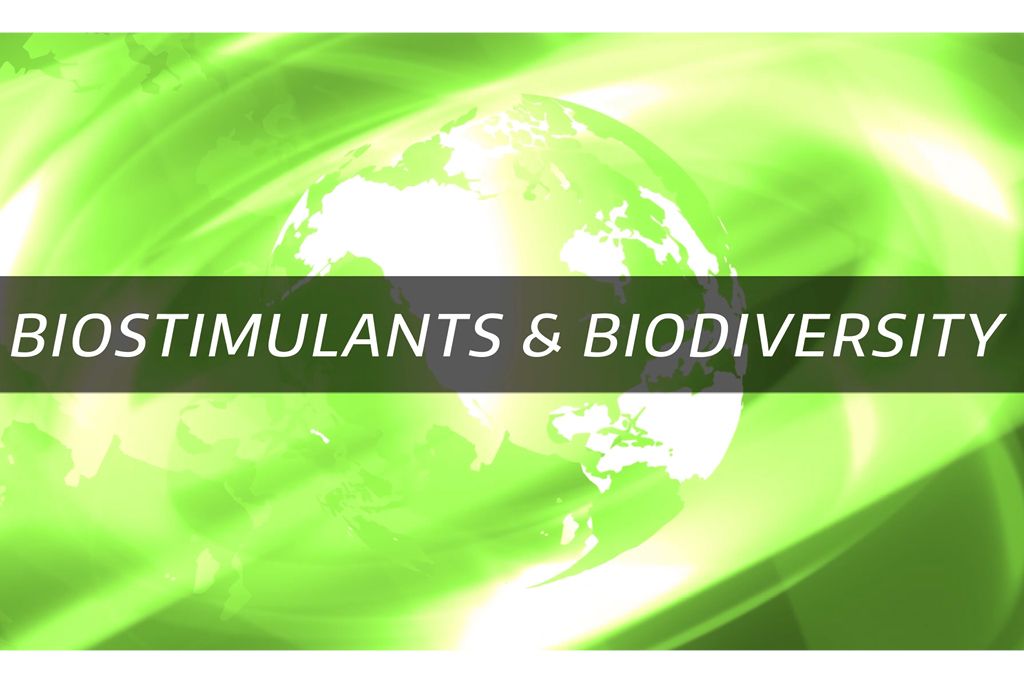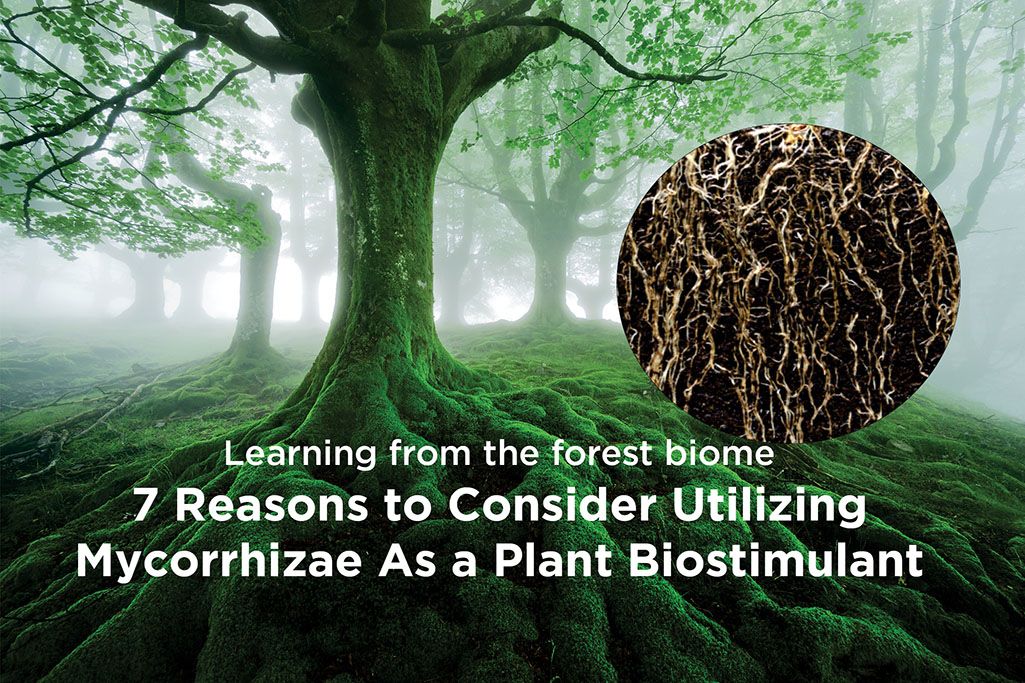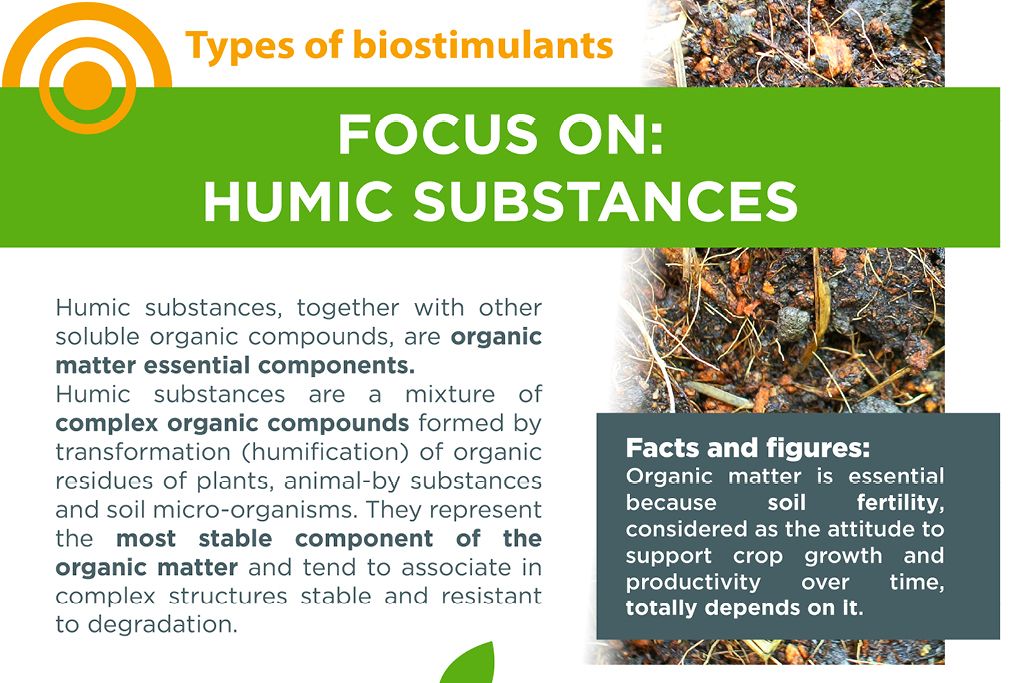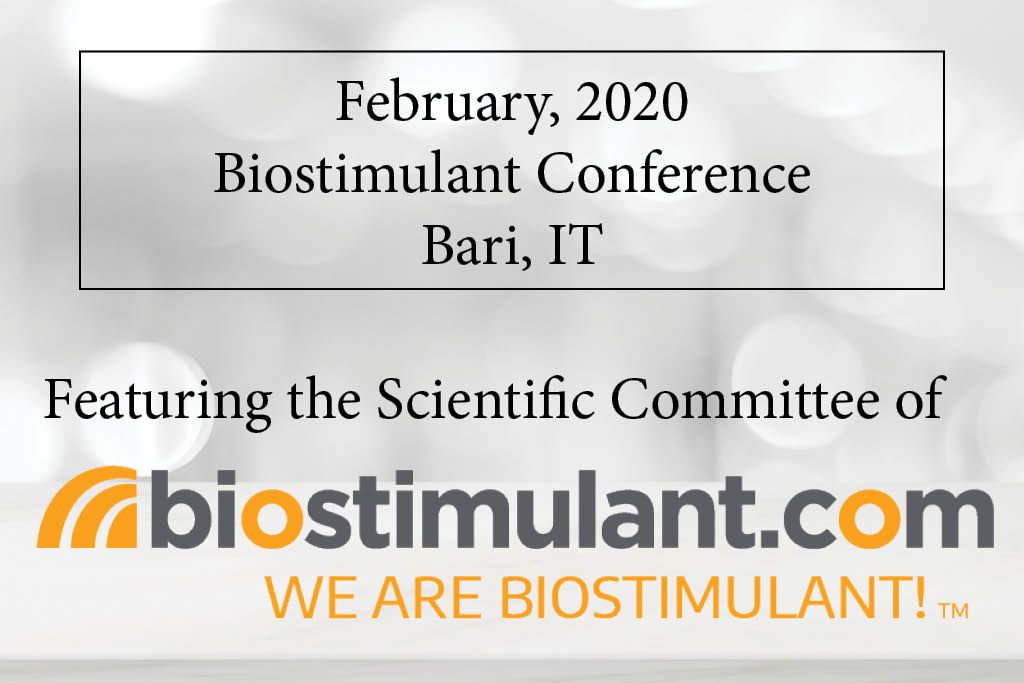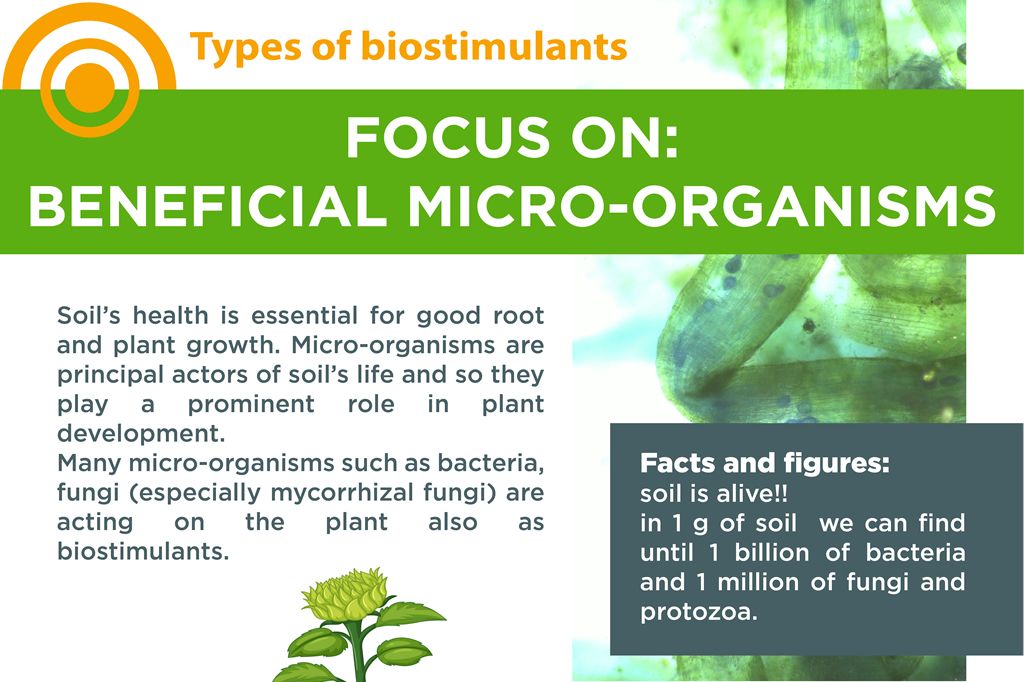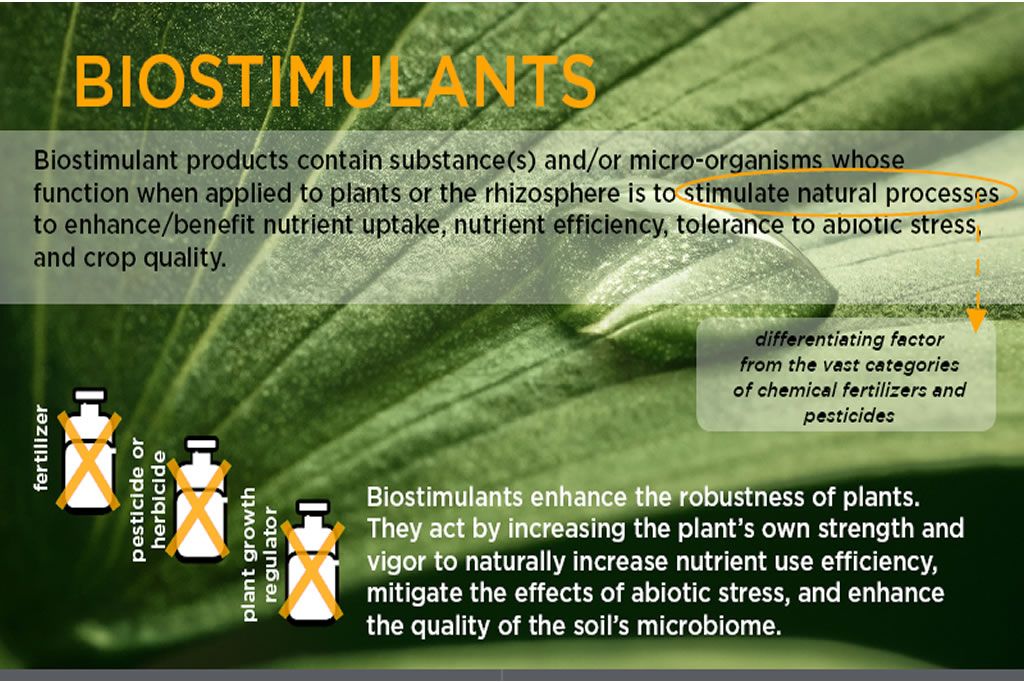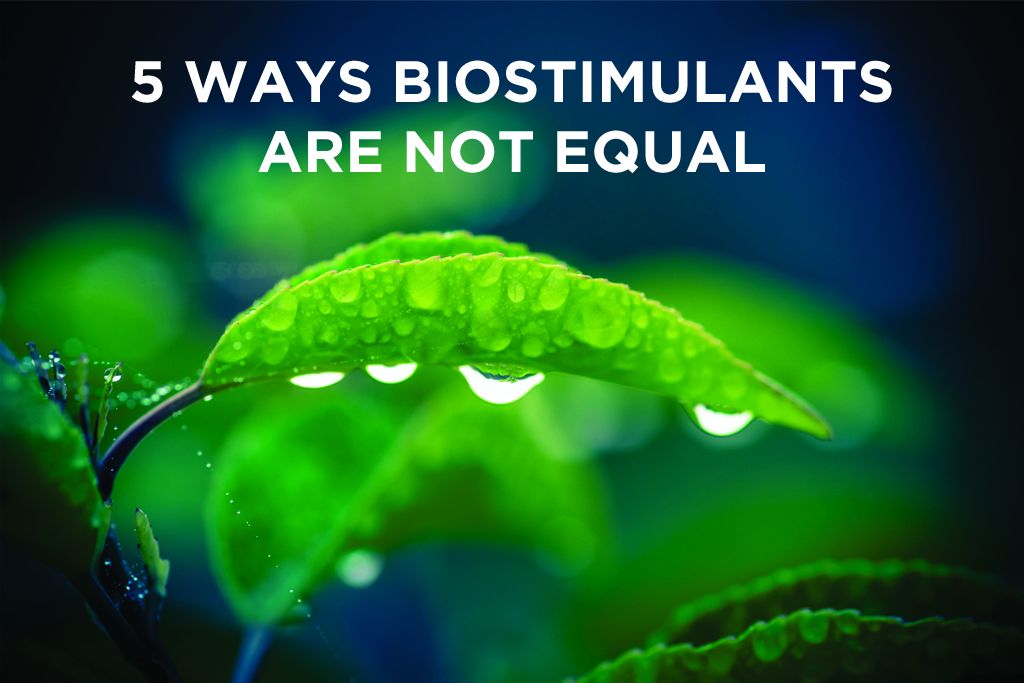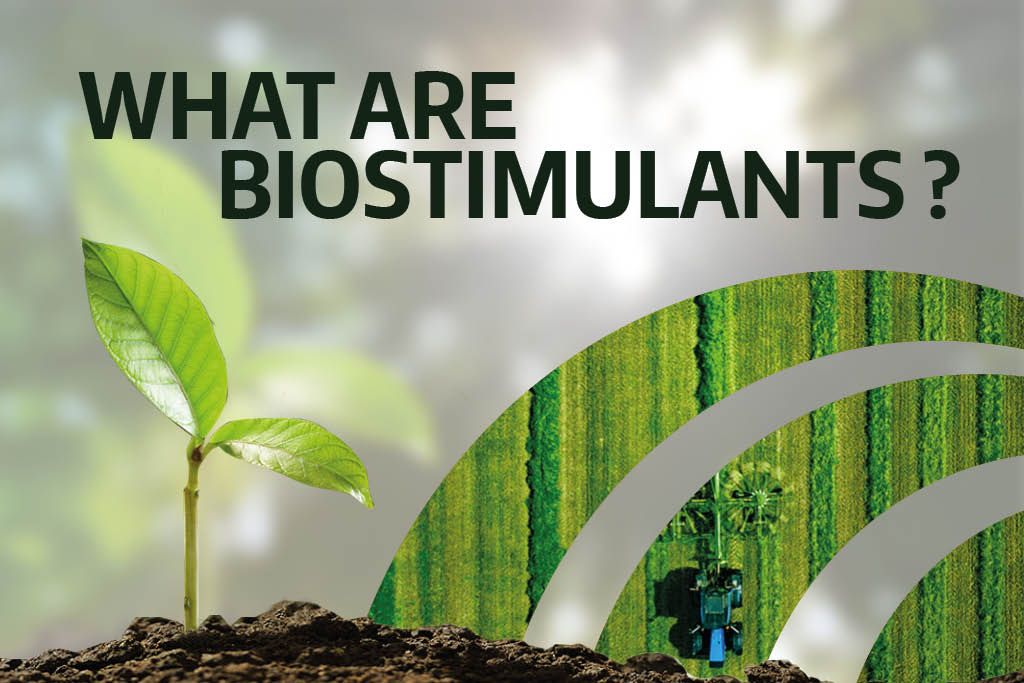BLOG #37
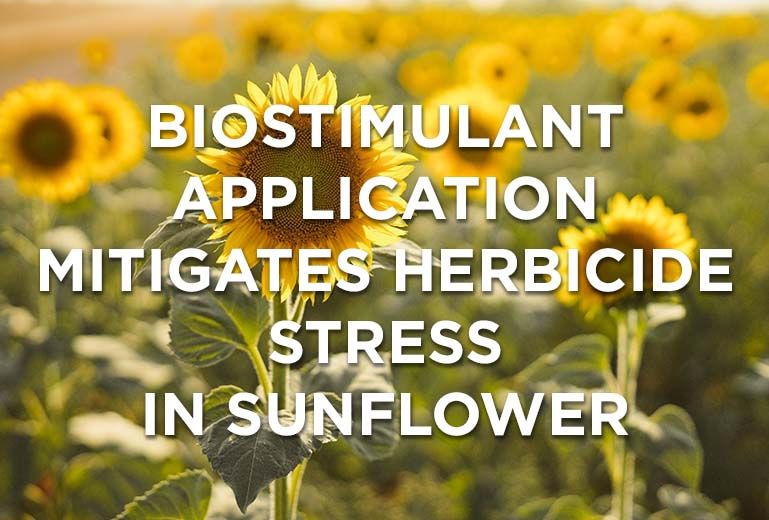
WEED DAMAGE AND HERBICIDE STRESS
Managing weeds in the field is essential to successful crop production. In fact, weeds exert strong competition, especially in the early stages of development. The repeated cultivation of a single crop on a given area of land, the so-called monoculture, is a common farming practice that allows to simplify the crop management and to reach the highest yield in a short term. However, the long-term use of monoculture leads to several undesirable effects like the development of a specialized weed community with high risk of selection of resistant weed biotypes to herbicides. Weeds cause various direct and indirect negative effects on crops
DIRECT |
INDIRECT |
|
Light competition |
Difficulties of crop harvest |
|
Low water availability |
Qualitative depreciation |
|
Low nutrient availability |
Contamination of harvested biomass with weed biomass |
|
Parasitism (parasitic plants) |
|
|
Accumulation of weed-released toxic compounds into the soil (allelopathy) |
|
Table 1: main direct and indirect negative effects caused by weeds
In agriculture, the weed control is based mainly on applications of synthetic chemicals (herbicides). The main reason for the considerable success of modern herbicides is their selective action. A selective herbicide is one that kills or retards the growth of weeds, while causing limited stress on crop species. Herbicide phytotoxicity can occur especially spraying low volumes of herbicide water solution with low droplet size, as well as in windy days that can induce irregular distribution on crop with overapplication in some field areas. Moreover, stressed crops are more sensitive to herbicide damage than healthy crops. To summarize, herbicides can have a toxic effect on crops in the following cases:
- excessive herbicide dose;
- poor selectivity of herbicide on crop;
- herbicide application in unsuitable weather conditions (e.g., drought, waterlogging, low temperatures) as well as in the driftage of the herbicide on another crop (herbicide drift);
- use of the herbicide in sensitive crops.
The herbicide resistant plants have the ability to detoxify the cells, but when detoxification mechanisms are not effective, various functional impairments occur in plant metabolism. Herbicide phytotoxicity is most often chronic, but in some cases (e.g. drift) it can also be fatal to the crop. The ability of plant to recover from herbicide damage depends on the degree of the occurred structural-functional impairment. Several studies have shown that chronic herbicide phytotoxicity can be overcome (to some extent or completely) by application of biostimulants. For example, Tanev (1987) demonstrated that the low molecular weight fractions of humic substances exhibit herbicide phytotoxicity antidote properties. Balabanova et al. (2016) showed that an amino acid based biostimulant significantly restores the optimal physiological status of sunflower plants treated with the herbicide imazamox. Soltani (2015) reported a significant increase in yields of oats and winter wheat as a result of the application of biostimulant after crop treatment with the herbicides glyphosate, topramezone and atrazine.
BIOSTIMULANT ENHANCES STRESS RECOVERY FROM HERBICIDE IN SUNFLOWER
Sunflower crop (Helianthus annuus L.) could be sprayed by mistake with a unappropriated herbicide causing acute or chronic phytotoxic effects (even death of the plants). Plant biostimulants may help the plants to recover from the damage induced by herbicide application. Therefore, Neshev et al. (2022) carried out a field trial to evaluate the effect of biostimulant application to sunflower hybrids Clearfiled Plus and Express Sun technologies, treated with non-selective herbicides.
The study included the following treatments:
|
Sunflower hybrid |
SY Bacardi CLP: resistant to imazamox (imidazolinone herbicide) |
|
Treatments |
(1) tribenuron-methyl (500 g/kg) at 40 g ha + adjuvant Isodecyl alcohol ethoxylate (900 g/L) 0,1% |
|
Treatments |
(2) tribenuron-methyl (500 g/kg) at 40 g ha + adjuvant Isodecyl alcohol ethoxylate (900 g/L) 0,1% + biostimulant at 2 L/ha |
|
Treatments |
(3) Untreated control |
|
Sunflower hybrid |
P 64 LE 25: tolerant to tribenuron-methyln |
|
Treatments |
(1) imazamox (25 g/L) 2 L/ha |
|
Treatments |
(2) imazamox (25 g/L) 2 L/ha + biostimulant at 2 L/ha |
|
Treatments |
(3) Untreated control |
* biostimulant composition: Amino acids – 5.00%, Macroelements: N – 2.53%; MgO – 0.50%; SO3 – 4.02%; Phytohormones – 0.0003%; Organic substances and natural adhesives: 73.96%; Microelements: В – 0.52%; Cu – 0.39%; Fe – 0.38%; Mn – 0.38%; Mo – 0.08%; Zn – 0.78%).
The foliar application of non-selective herbicides was made at 4th – 6th true leaf stage of the sunflower plants (BBCH 14-16). Biostimulant treatment was performed four days after the herbicide application. The two field trials were conducted in three consecutive growing seasons: 2017, 2018, and 2019.
Many measurements were performed on crop traits for evaluating the effect of the biostimulant application.
Sulfonylureas (tribenuron-methyl) and imidazolinones (imazamox) are herbicides that inhibit ALS (Acetolactate synthase). Visual symptoms in sensitive plants are stopping or slowing down growth, loss of leaf turgor, and plant vitality. All these negative effects of selected herbicides were confirmed in this research.
The herbicide-damaged plants of Trial 1 recovered to a lower degree when compared with the plants from trial 2, where the sunflower plants overcome the toxic herbicide effects to levels comparable to those of the untreated control plants especially when the biostimulant was applied (Treatment 2). After biostimulant treatment, plants overcome the stress and grow better than the plants not treated with biostimulant. In Trial 1 where the herbicide stress was much more pronounced, the plants that received the herbicide treatment, gained full flowering time approximately four days earlier (on average) than the plants that have treated and untreated with biostimulant.
Herbicide application can cause oxidative stress to plants and this oxidative stress results in the degradation of chlorophyll (Chl) and it ultimately causes a reduction in the photosynthetic efficiency of plants. When the sunflower plants were stressed to a greater degree with herbicide spray, the Chl a, Chl b, and total carotenoid levels in plants were reduced. Moreover, the plastid pigments content, as well as net photosynthesis rate, were enhanced in the sunflower plants that have received biostimulant application.
The plants that have received the herbicide application (imazamox or tribenuron-methyl) had the lowest number of leaves per plant, as well as total leaf area, head diameter and plants’ height (Treatment 1) while the application of biostimulant mitigated the negative effect of herbicide on the above crop traits.
The sunflower seed yield was the highest in the untreated controls of both trials. The plants treated with tribenuron-methyl (hybrid SY Bacardi CLP – Trial 1) showed yield approximately two-fold-lower than the plants grown without herbicidal stress applications (Treatment 1). Similarly, when the plants were sprayed with imazamox (hybrid P 64 LE 25) the seed yield was strongly reduced. In both trials, sunflower plants gave better seed yield when biostimulant was delivered after stress event (herbicide application).
The oil content of sunflowers’ seeds was also influenced by treatments with a more severe reduction of oil content in treatment 1 (herbicide application alone). The application of the biostimulant after herbicide treatments altered the seed oil content to some extent while the untreated controls provided the highest seed oil content.
In conclusion this research proved that when using the biostimulant for stress recovery, plants from both sunflower hybrids overcome herbicide stress to some extent. The results also showed that the ameliorative biostimulant effect was much more pronounced in the sunflower hybrid (P 64 LE 25) treated with imazamox (Trial 1). After biostimulant application, sunflower plants from both hybrids increased the number of leaves per plant at the beginning of flowering, total leaf area at the beginning of flowering, head diameter, plant height at the end of the growing cycle, and absolute seed mass to some extent; however, negligible effects of biostimulant treatments were recorded on the sunflower seed oil content.
Neshev N., Balabanova D., Yanev M., Mitkov A., 2022. Is the plant biostimulant application ameliorative for herbicide-damaged sunflower hybrids? – Industrial Crops & Products 182: 114926


